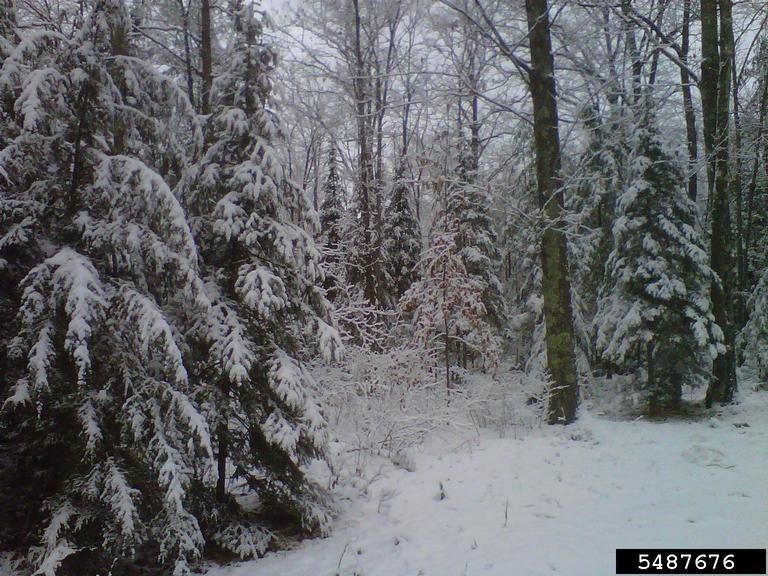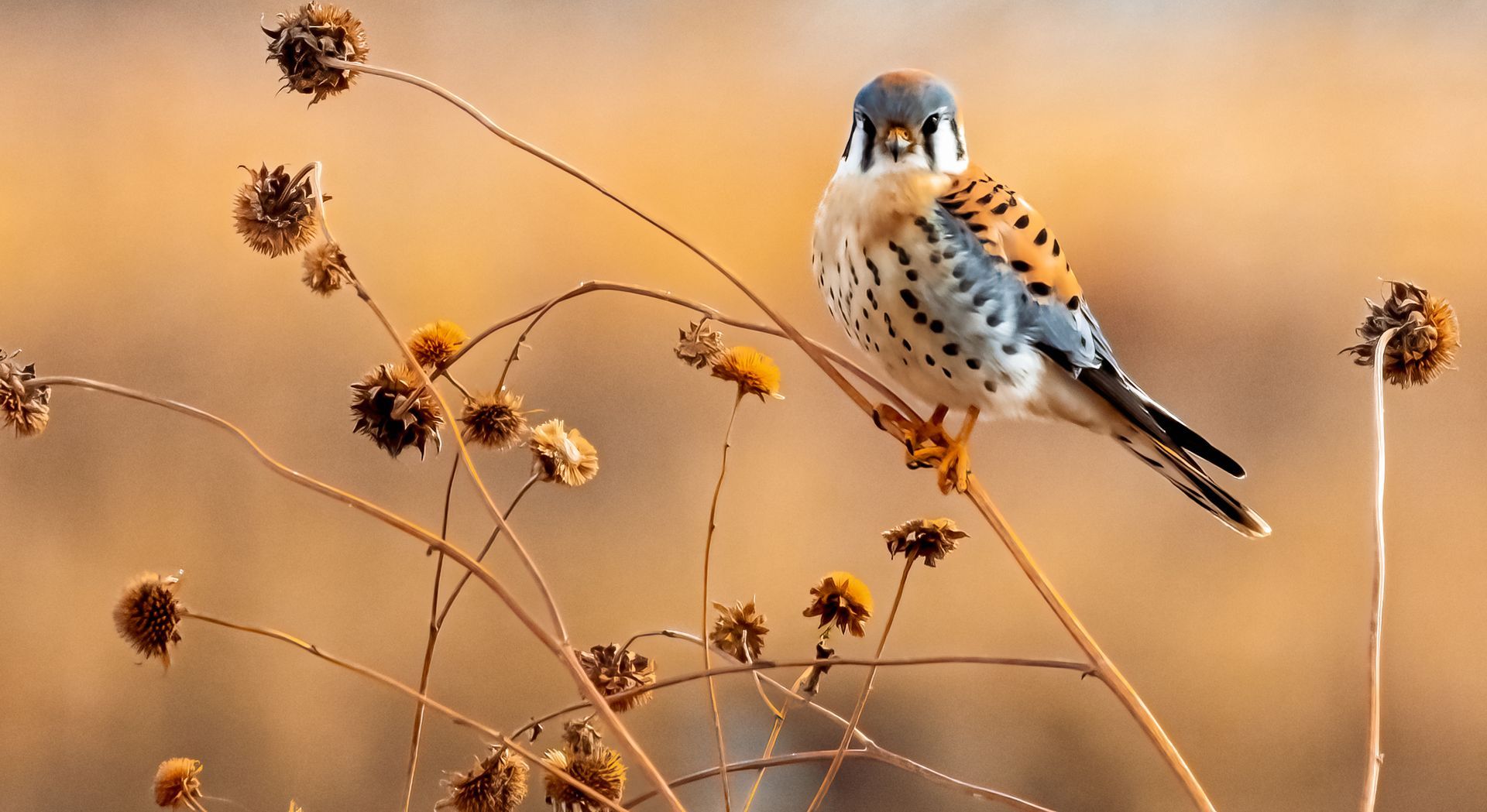On the Ground: Volunteers Plant Crabapple Trees at Maple River State Game Area

On Friday, October 18, 2024, MUCC’s On the Ground program hosted 12 volunteers for a mast-producing tree planting event in partnership with the Michigan Department of Natural Resources (DNR) at Maple River State Game Area. This area is a popular destination for waterfowl hunting, birding, and wildlife viewing. Numerous species of ducks like green-winged teal and ruddy ducks inhabit the many farm fields, woodlands, and marshes found in this state game area. Larger birds like ospreys and bald eagles can also be found here.
Volunteers Plant Trees for Wildlife
During this project, volunteers planted 13 crabapple trees along a grassland/prairie area. These trees will provide cover and food for a variety of wildlife including white-tailed deer. Volunteers also fenced each tree using t-posts and wire to ensure they would be protected from overbrowsing. In addition, each tree was also watered to help them grow and establish their roots. In total, volunteers improved approximately 0.1 acres of wildlife habitat directly through this project.
Why is It Important?
Mast-producing trees such as crabapples are important because they are a critical food source for wildlife when other food may be scarce. The fruit that crabapple trees produce is considered a soft-mast and is high in antioxidants and fiber. Other mast-producing trees produce hard-mast fruits like nuts (e.g., acorns, hickory nuts, and beech nuts). These foods are especially important to wildlife because they are accessible in the fall and winter when other food sources are not as readily available. Many species of wildlife benefit from mast-producing trees including deer, turkeys, and upland game birds like grouse. Mast-producing trees are also a source of cover and nesting habitat for many species of small mammals and songbirds.
Learn More
Want to stay up to date with the On the Ground program? Visit mucc.org/on-the-ground for more information on program updates, impacts from previous projects, and more. Our volunteer events are geared toward all ages, so bring your family or a friend if you’d like! We conduct a variety of habitat improvement projects across the state year-round. Some of our past projects include tree plantings, river cleanups, brush pile building, wood duck box maintenance, and many more. All registered volunteers receive lunch and a free appreciation gift for their efforts.



